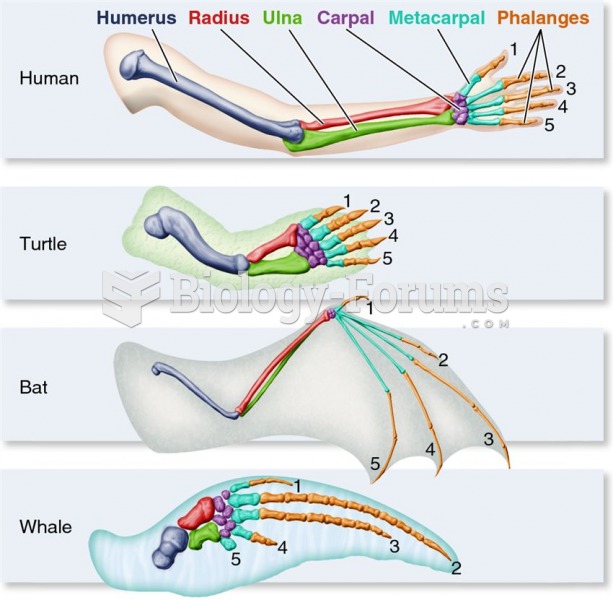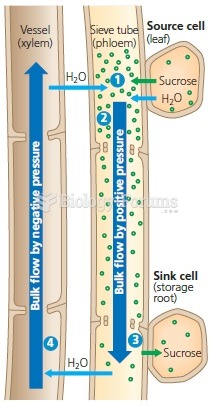Answer to Question 1
ANSWER: Answers may vary, but student drawings need to illustrate the following information. At the surface, there are two major areas of high pressure and two major areas of low pressure. Areas of high pressure exist near latitude 30 degrees and the poles; areas of low pressure exist over the equator and near 60 degree latitude in the vicinity of the polar front. Knowing the way surface winds blow around these pressure systems on the three-cell model gives us a generalized picture of how surface winds blow throughout the world. The trade winds extend from the subtropical high to the equator, the westerlies from the subtropical high to the polar front, and the polar easterlies from the poles to the polar front.
Answer to Question 2
ANSWER: The single-cell model is based on the assumption that:
1. Earths surface is uniformly covered with water (so that differential heating between land and water does not come into play).
2. The Sun is always directly over the equator (so that the winds will not shift seasonally).
3. Earth does not rotate (so that the only force we need to deal with is the pressure gradient force).
Such a simple cellular circulation as this does not actually exist on Earth. For one thing, Earth rotates, so the Coriolis force would deflect the southward-moving surface air in the Northern Hemisphere to the right, producing easterly surface winds at practically all latitudes north of the equator. We know that this does not happen and that prevailing winds in middle latitudes actually blow from the west. Therefore, observations alone tell us that a closed circulation of air between the equator and the poles is not the proper model for a rotating Earth. But this model does show us how a nonrotating planet would balance an excess of energy at the equator and a deficit at the poles.







